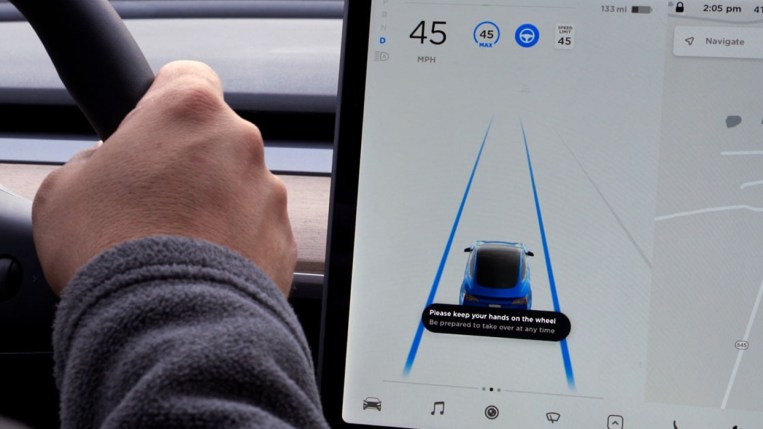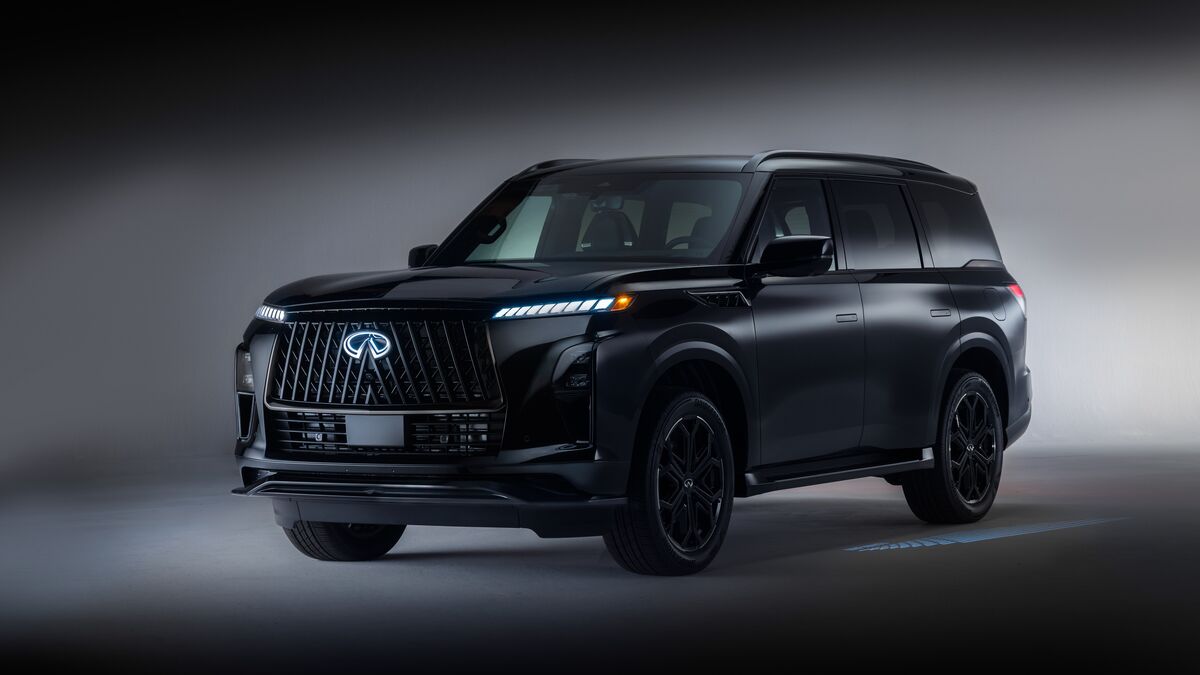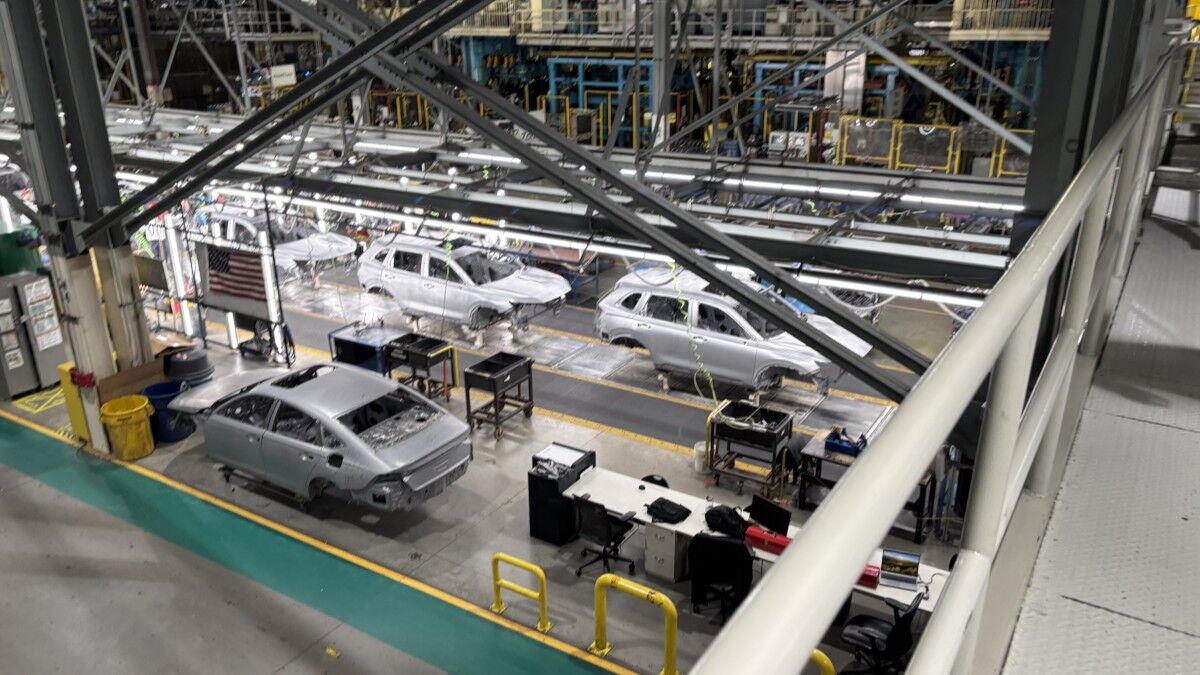
Today’s new cars come with automated safety aids that were unheard of not that many years ago. They may have been optional on luxury cars several years ago. But not on budget-oriented economy cars. Now, though, even the least expensive new car for sale in America this year (currently the Chevy Spark) is available with (optional) automatic emergency braking. On other value-conscious vehicles like the Toyota Corolla and Honda Civic, active safety systems come standard.
So it might come as a bit of a shock to hear one of the world’s foremost automotive safety experts say they may not do much good. But here it is:
“Partial automation systems may make long drives seem like less of a burden, but there is no evidence that they make driving safer,” says David Harkey, president of the Insurance Institute for Highway Safety (IIHS). “In fact, the opposite may be the case if systems lack adequate safeguards.”
America’s Two Car Safety Agencies
Two organizations perform crash tests on nearly every car for sale in the U.S. One is the federal government’s National Highway Traffic Safety Administration. The other is a safety lab funded by a group of car insurance companies.
Insurance companies lose money due to accidents. It’s in their interest to make accidents rare, and when they do happen, minor. So the insurance industry funds its own safety agency, the IIHS. Many in the auto industry consider the institute’s testing program more rigorous than the government’s. After all, changing government policy takes time and bureaucracy. The IIHS can update its testing program as often as it likes without any public comment process.
That’s what it’s doing now. Today, the IIHS announced a new round of safety ratings – aimed at safety systems.
Safety Ratings for Safety Systems
In the institute’s own words, it is preparing to launch “a new ratings program that evaluates the safeguards that vehicles with partial automation employ to help drivers stay focused on the road.”
As with its crash tests, this program will sort cars into four ratings — Good, Acceptable, Marginal, or Poor. To earn a Good rating, the IIHS says, “systems will need to ensure that the driver’s eyes are directed at the road and their hands are either on the wheel or ready to grab it at all times.”
To win a Good rating, a car will need to give drivers an escalating series of warnings if their attention — their eyes or hands — drift.
But Aren’t Self-Driving Cars Coming Soon?
To hear some automakers tell it, cars will soon drive themselves. Tesla, for instance, sells a partial automation system it calls “Full Self-Driving.” Pushed by regulators, the company’s lawyers have clarified that the system is not autonomous. GM advertises its Super Cruise system as “the first true hands-free driver assistance technology for compatible roads” and plans a new Ultra Cruise version that won’t require compatible roads. Ford says its BlueCruise system “allows for true hands-free driving on prequalified sections of divided highways.”
Related: Self-Driving Cars – Everything You Need to Know
Volvo has gone further than any of them, promising to sell a car this year that, in the words of Chief Technologies Officer Henrik Green, “will not require hands on the steering wheel, and we will not require eyes on the road.”
The IIHS says such talk is overblown.
“Some manufacturers have oversold the capabilities of their systems, prompting drivers to treat the systems as if they can drive the car on their own,” The IIHS says. In some “egregious cases, drivers have been documented watching videos or playing games on their cellphones or even taking naps while speeding down the expressway.”
Take the wheel out of our hands, it seems, and some of us look for something else to do with our hands.
Testing the Driver Attention Warnings, Only
So the Institute’s new ratings will “aim to encourage safeguards that can help reduce intentional and unintentional misuse.”
The IIHS will evaluate systems that track the driver’s attention. The agency will look for multiple warnings prompting drivers to bring their eyes and hands back to the task of driving. It will not test the effectiveness of the self-driving systems themselves.
The Institute expects to issue the first set of ratings this year, but has not said precisely when. “The precise timing is uncertain because ongoing supply chain woes in the auto industry have made it more difficult to obtain vehicles for testing,” the IIHS explains.







